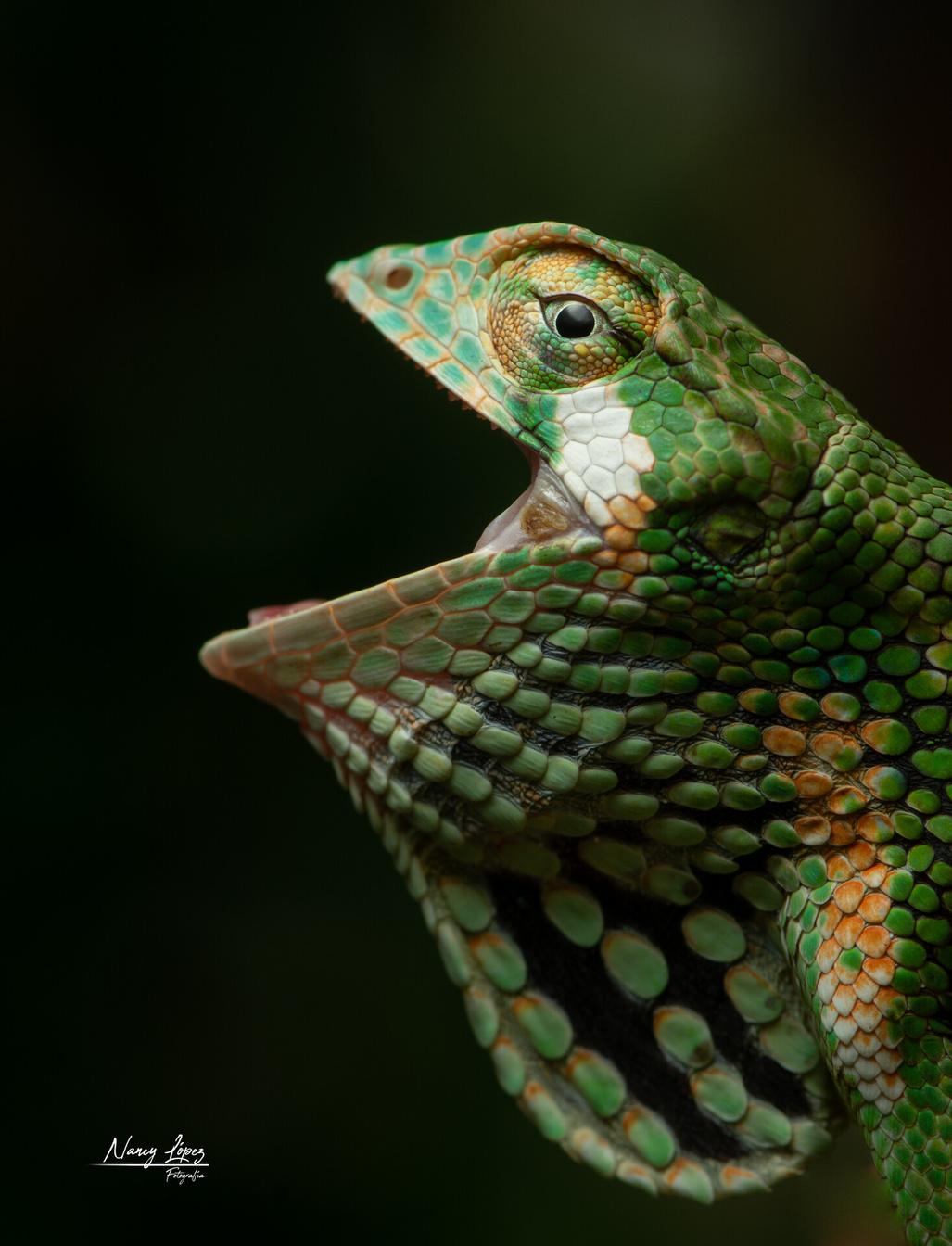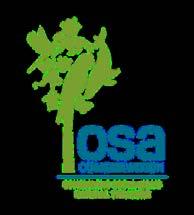








is working to conserve the globally significant biological diversity of the Osa Peninsula.
To protect this unparalleled biodiversity, Osa Conservation makes an impact by leading conservation action from the Pacific Ocean to the Talamanca Mountains.
Osa Conservation is a 501c3 nonprofit registered in the United States and Costa Rica


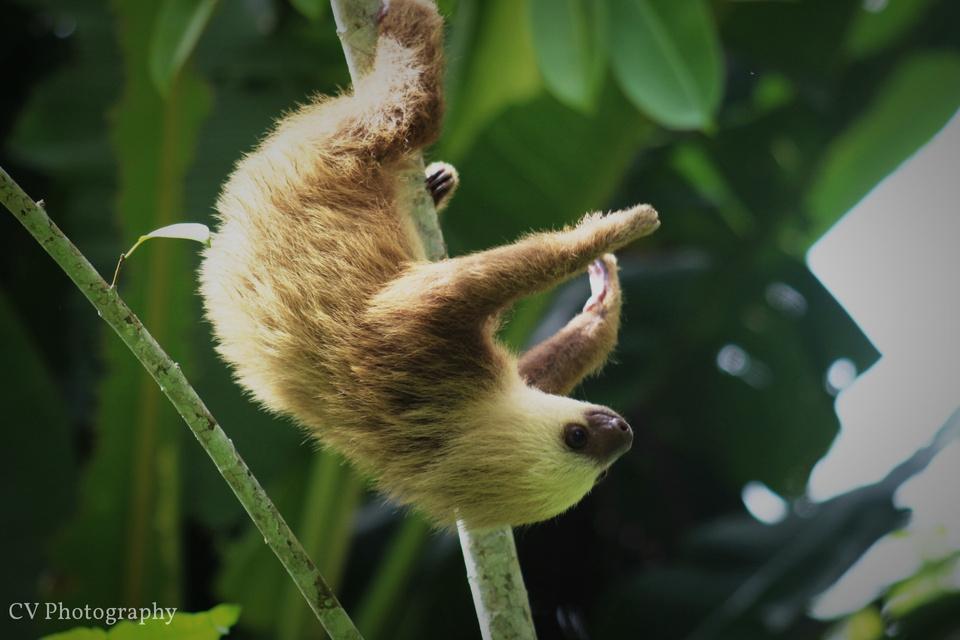

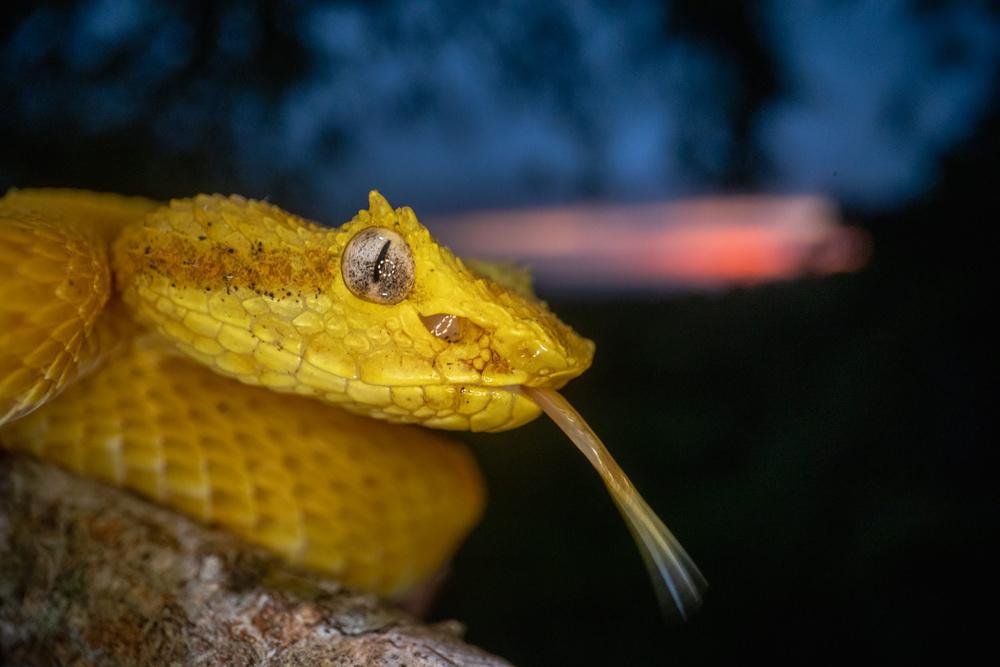


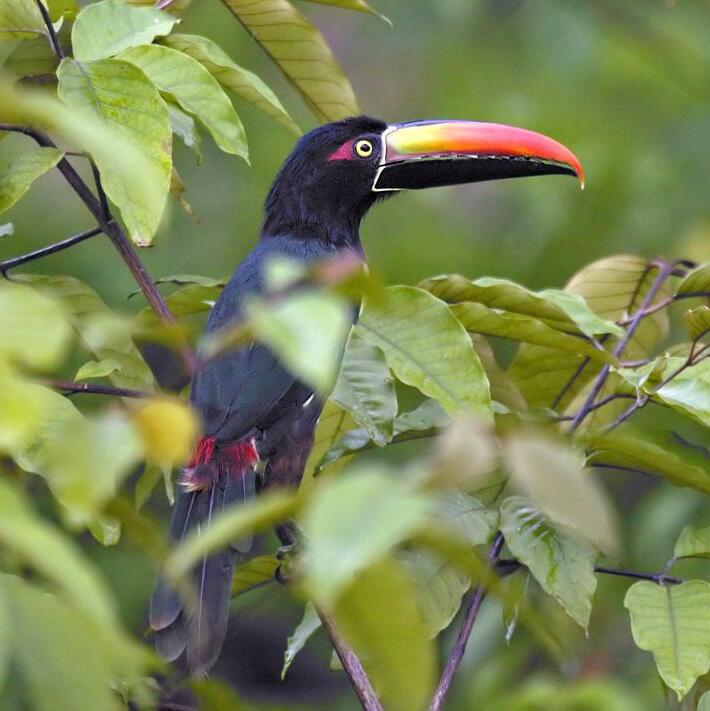








In order to protect the biodiversity of the Osa Peninsula, Osa Conservation works alongside community members, volunteers, researchers, local farmers and landowners to reconnect the AmistOsabiologicalcorridor.


In the face of a rapidly changing climate, research is clear that life on earth will need to move and adapt to changing conditions. Science indicates that the movement of plants and animals will be upslopeinsearchofcoolerclimates.
Whileclimatechangeadaptationisat the forefront of many ecosystem restoration agendas, there is no organized effort to plan restoration initiatives around climate resilience for long-term biodiversity preservation. It has been estimated that only 40% of the world’s remaining tropical forests currently have sufficient connectivity for plants and animals to move upslope (or into micro-climate refugia) to allowfortheirsurvivalastheclimate changes.
In Costa Rica, one of the most importantareasforactivelyrestoring the connectivity of forests across elevationalgradients,istheAmistosa corridor.Theregioncomprisescloud
forestmountaintops,archaictropical lowland rainforest, Central America’s largest mangrove system, and the unparalleled seascape of the Cocos-Galapagos Swimway, making this region a biological hotspot on whichtheplanetdepends. Current models show still greater loss of connectivity in this region in the next 30 years if we continue “business as usual” practices. Without concerted efforts along this altitudinal gradient, the Osa Peninsula’s biodiversity and the communities that depend on it will likely be unable to adequately adapt and respond to climate change and other human-induced impacts in the long-term.
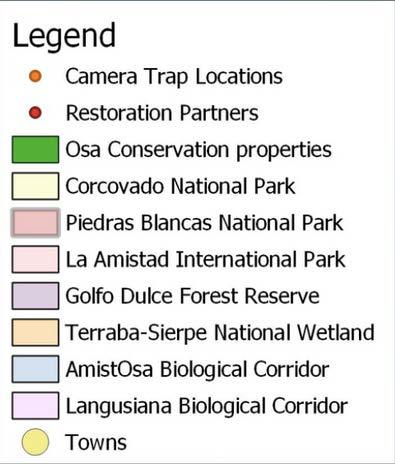



We restore rainforests and mangroves to helplostwildlifeandflorareturn.Ourwork focuses on rare, native, and threatened species, some of which can be found here andnowhereelseintheworld.
Hand-in-hand with local communities, we plantandprotectlivingforeststhatconnect landscapes so biodiversity can thrive. This workisguidedbyscientificknowledge,and leads to the publication of numerous peerreviewedarticlesannually.


Over the next 5 years, our goals are :
1. Reconnect the AmistOsa biological corridor across 200 km and 2,900 m of elevationgain
2. Plant 700,000 rare and native trees by 2027 (in addition to the 400,600 already plantedtodate).
3. Rewild and facilitate the recovery of keystonespeciesacrossthelandscape.
4.Propagatetheregion's40rarestandmost threatened trees to save species and build biodiversityforthefuture
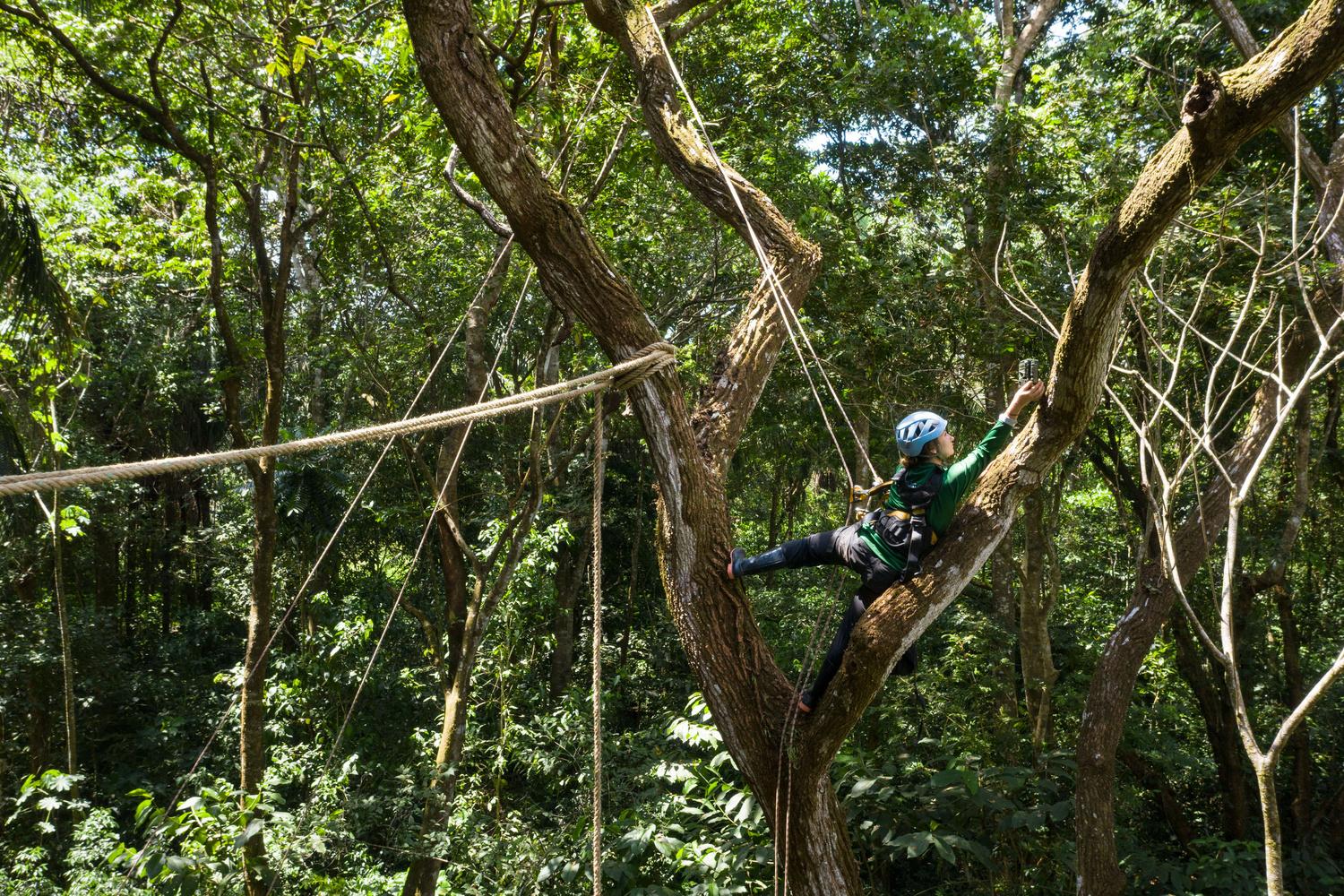

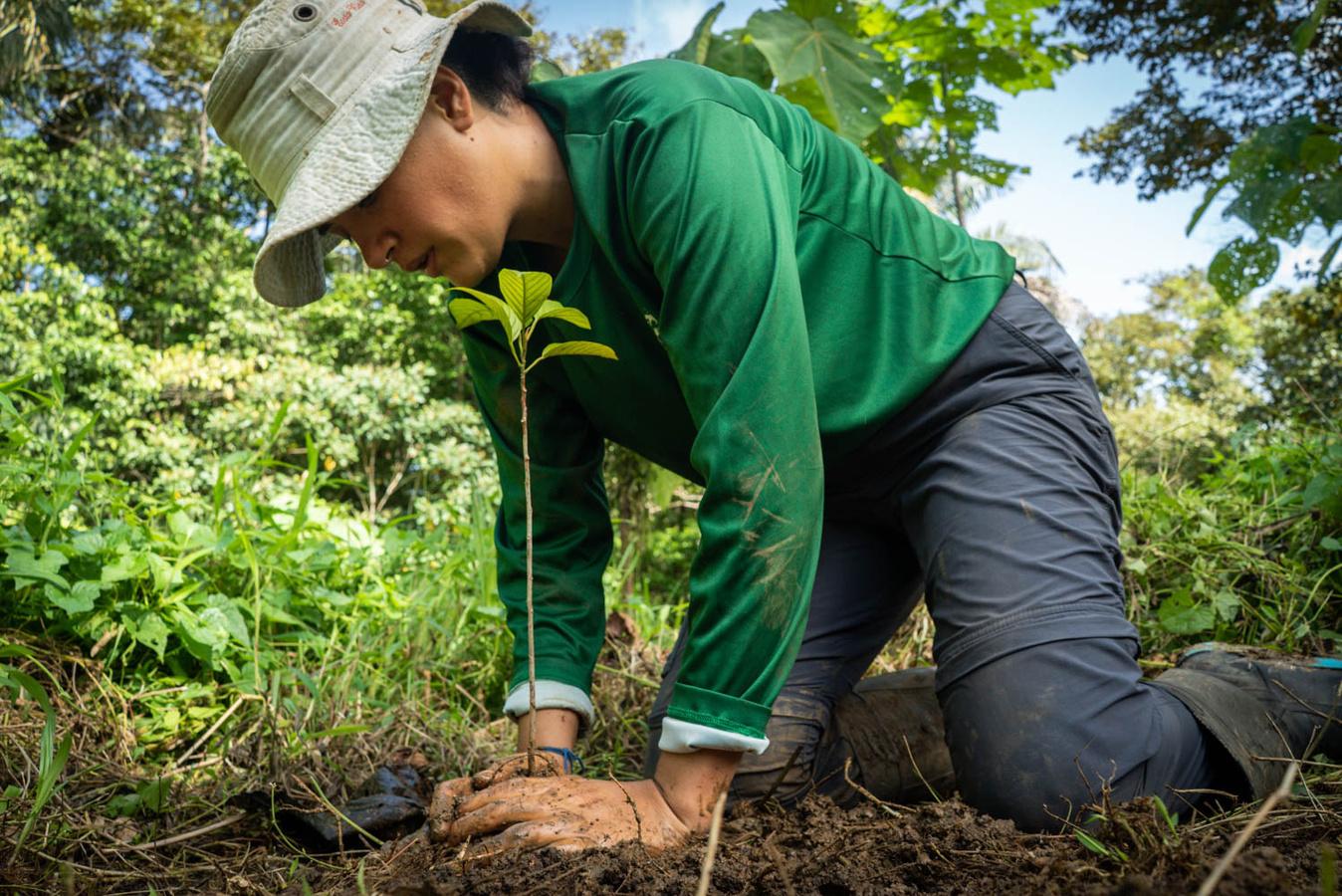
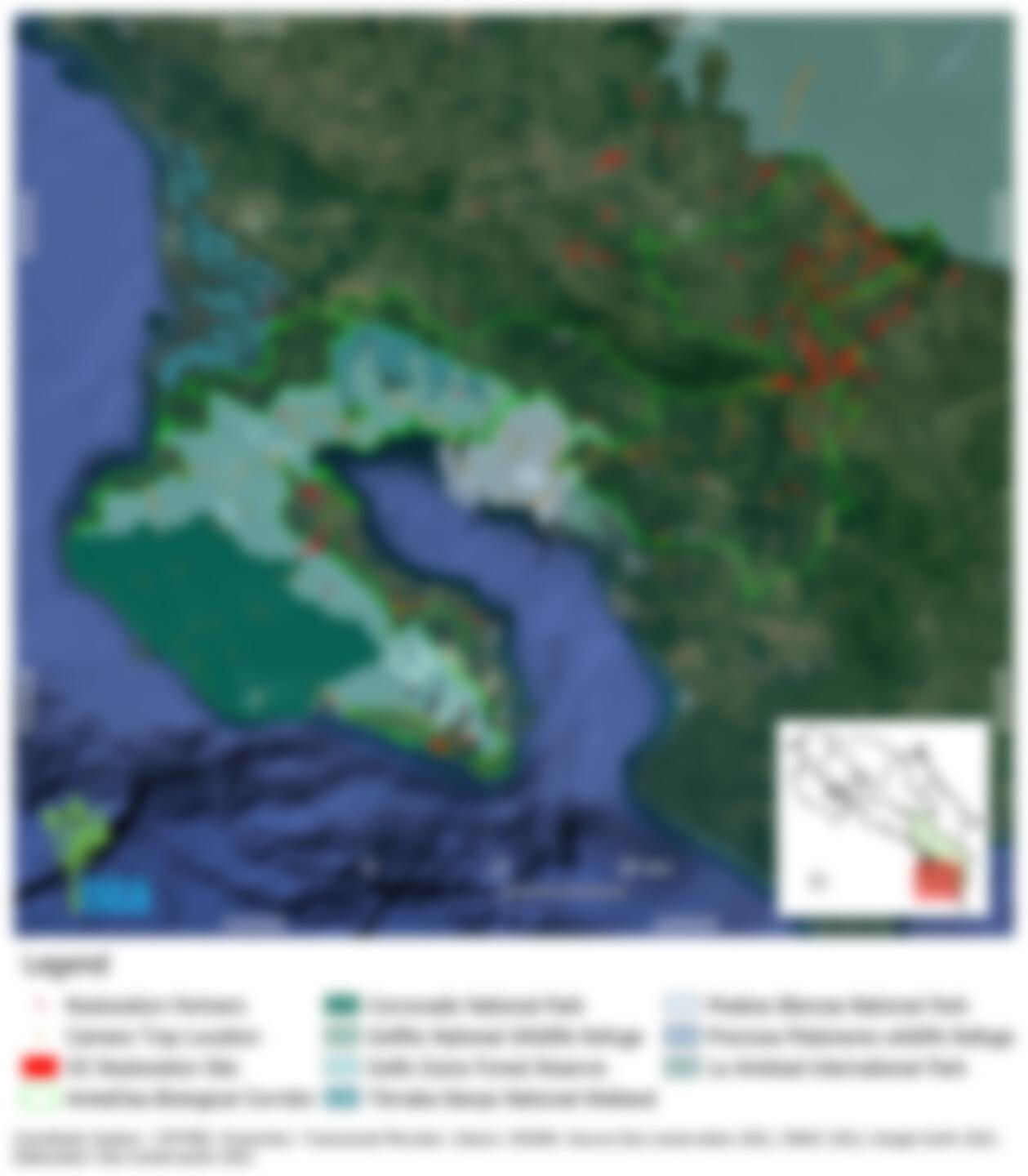
Innovation, creativity and impact collide at Osa Conservation, where we trial and test technologiestoprotectandmonitorrainforest biodiversity. We helped to execute Central America's largest camera trap network to monitor wildlife from the mountain ridges to thecoastallowlands.

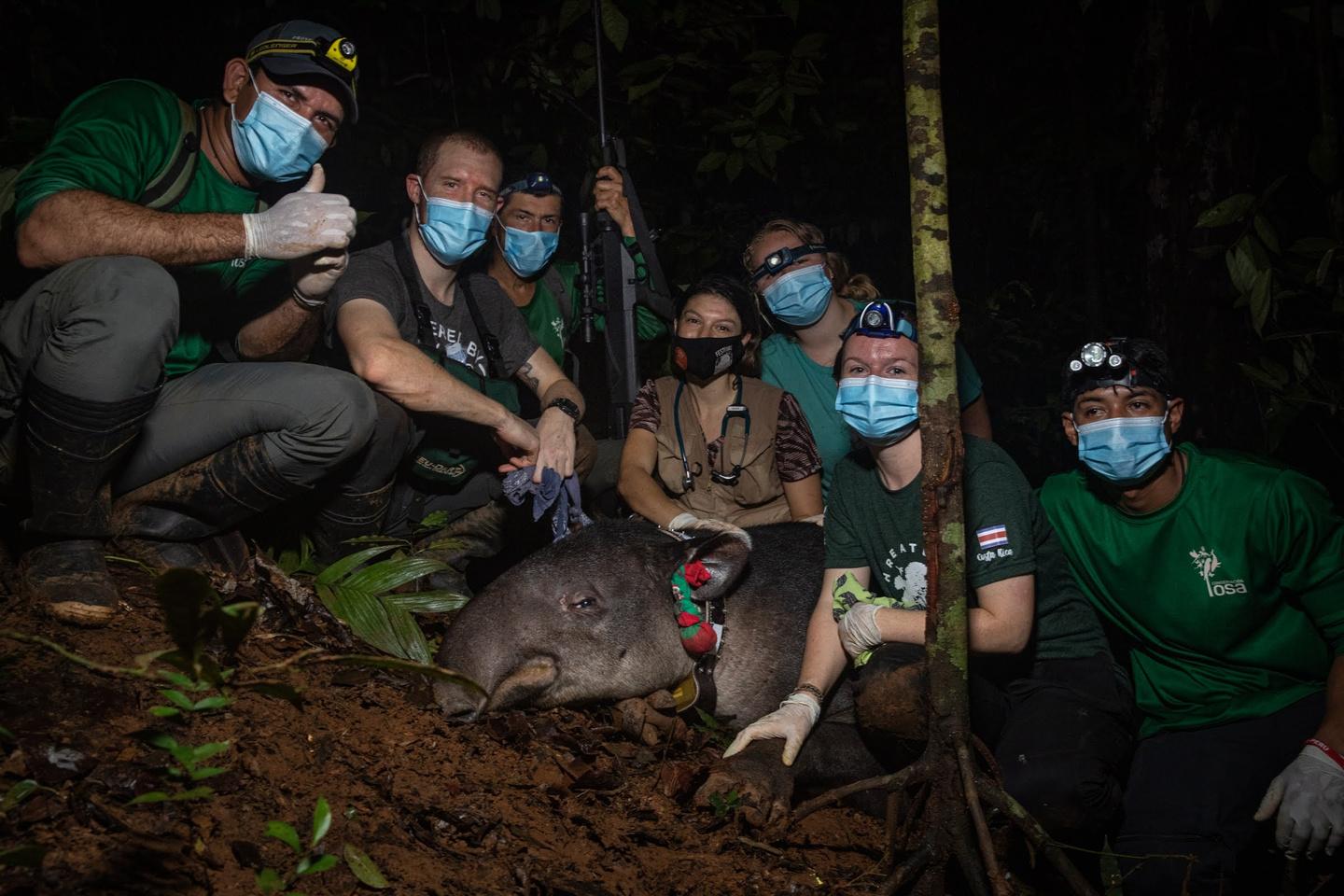
Our
Technology Conservation Goals


Our work expands beyond the borders of protected areas, stretching across hundreds of private farms. We work with local farmers to build new markets, increase economic opportunities, and create sustainable food systemsforhumansandwildlife.
Our regenerative farm, Osa Verde, is the heart of these efforts, acting as a model system for growing wildlife-friendly sustainable produce inthetropics.


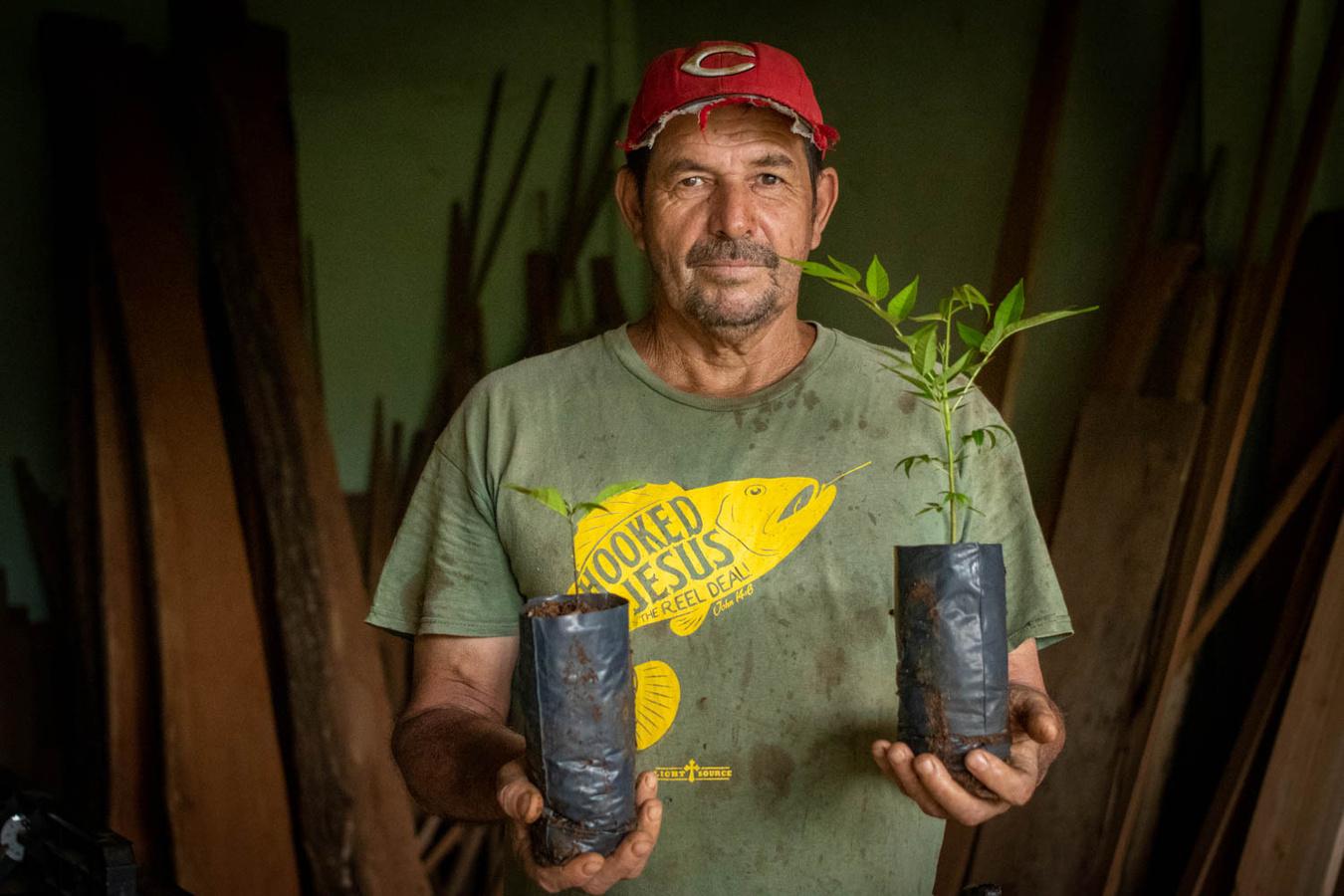

the marine biodiversity ofthewaterssurroundingtheOsaPeninsula, which connect crucial coastal breeding groundstotheCocos-GalapagosSwimway. Withthesupportofcoastalcommunities,we work to increase

of
habitats, enhance coastal economies, increase fish stocks for local fishers, and uncover the unknown wonders of the Golfo DulceandPacificOcean.




Empowering people to become Earth's stewards, we elevate the voices of local conservation heroes, build human capacity for and knowledge of conservation, and provide immersive nature-based learning experiences to connect people and wildlife inCostaRica'sgreatestwilderness.

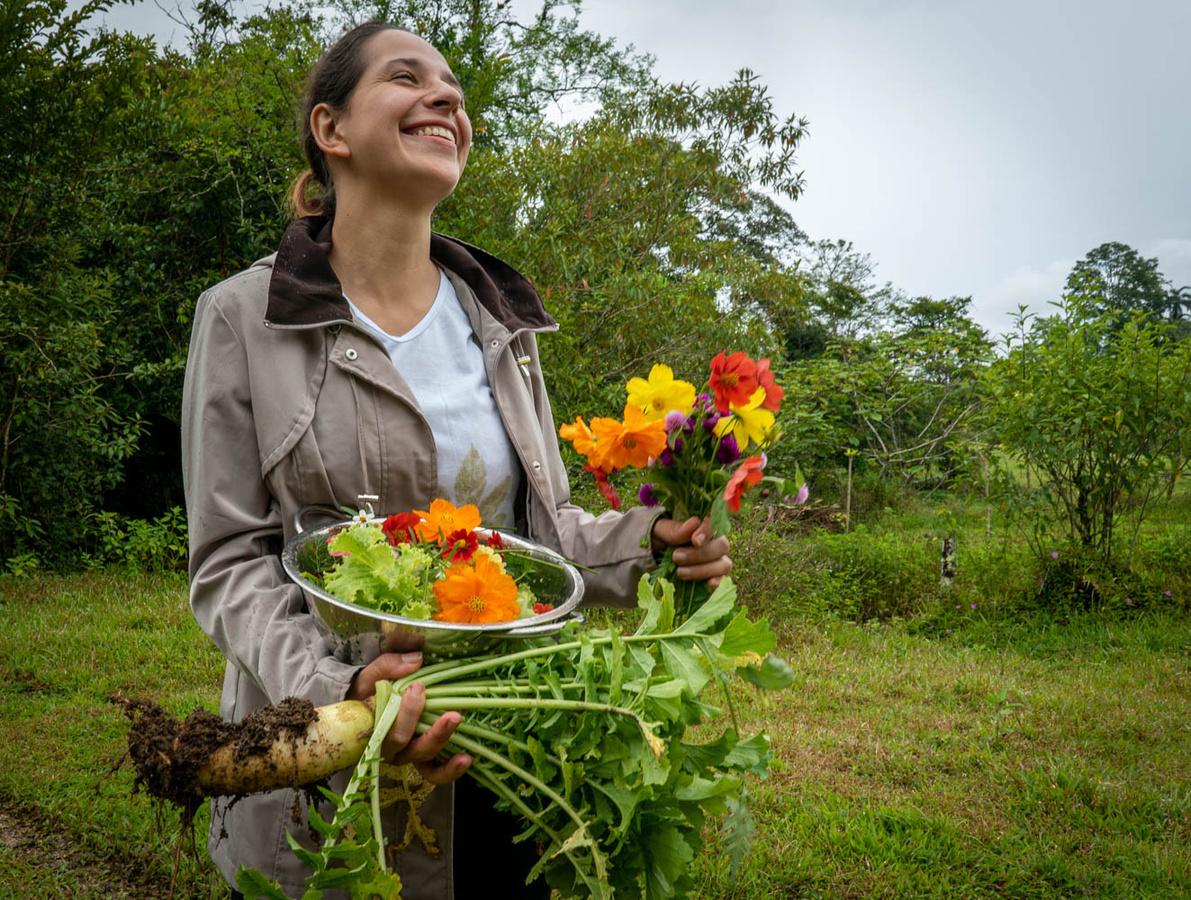

Alongside
the Local Community,
uniqueinteractionswith Osa'syouthinnature throughtheRidgetoReef NatureClub,whichhas
Led 114 Employed localcommunity membersthrough restoration,research, andconservation initiatives.
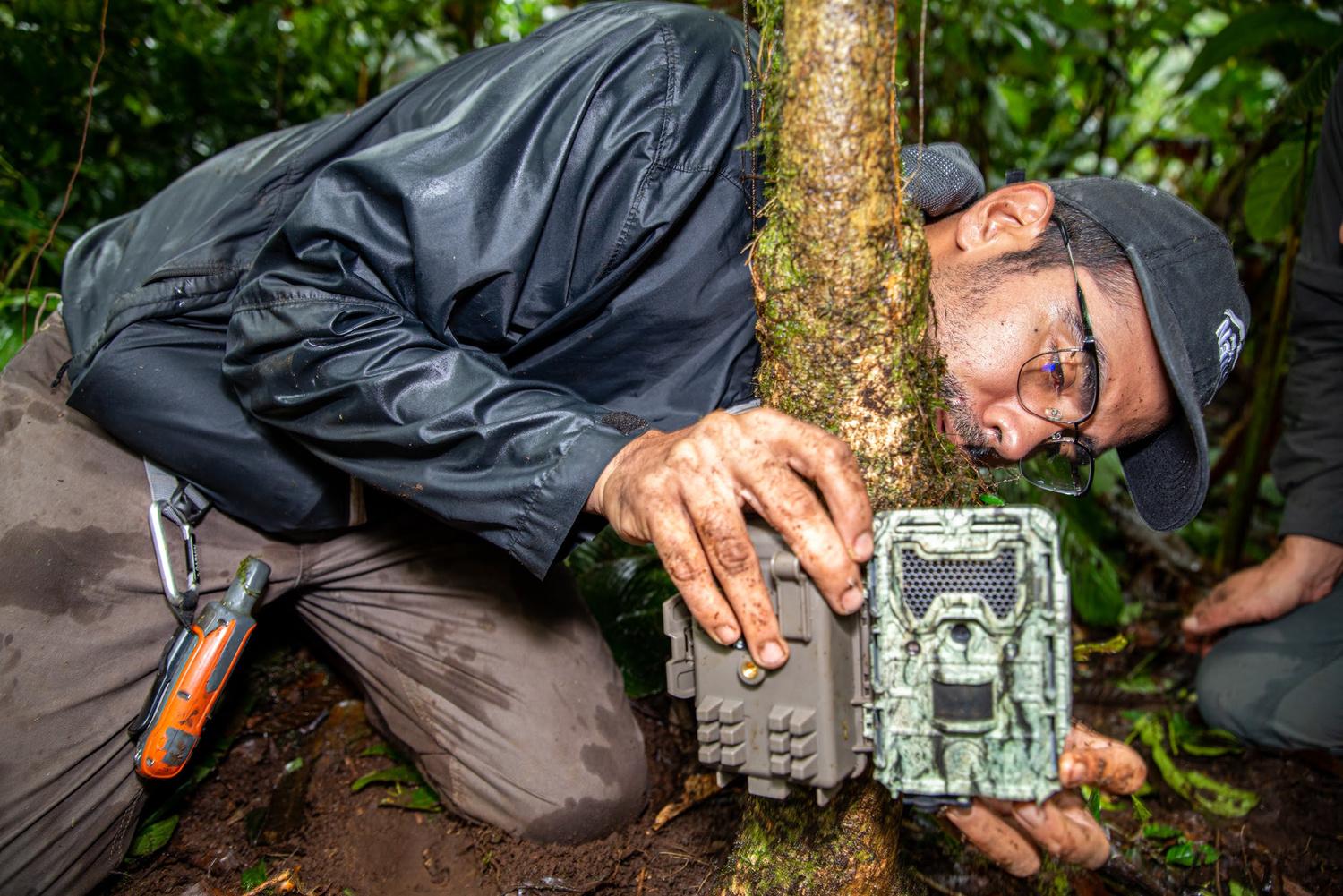


chapters acrosstheregion.
400
localheroesand familiesmakingan impactfornature.
The Osa Conservation Campus forms the hub of our organization's impact - a facility for appliedconservationaction,ecologicalscience and training. Here, situated in one of Earth’s greatest wild places, our well equipped facilities, dedicated conservation team, and extraordinarylandscape,formanincubatorfor innovation and talent. This year we welcomed our second cohort of Ugalde-Forsyth Research Fellows, who pushed the frontier of scientific knowledgeof tropicalrainforestsystems.
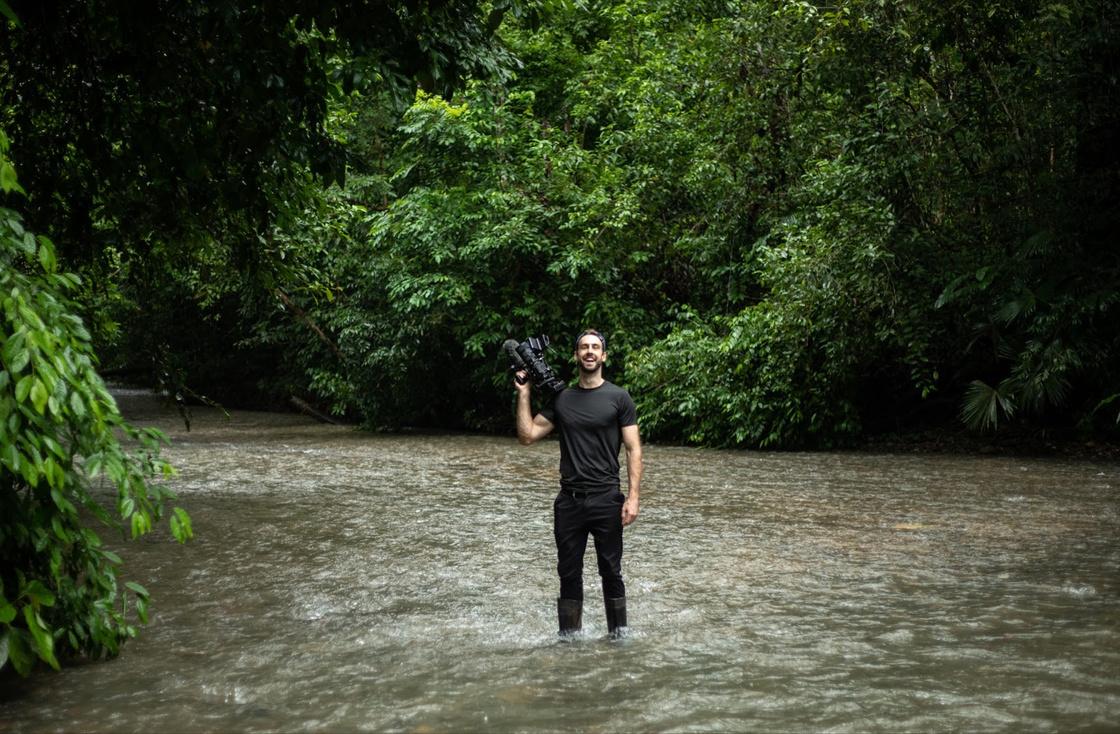
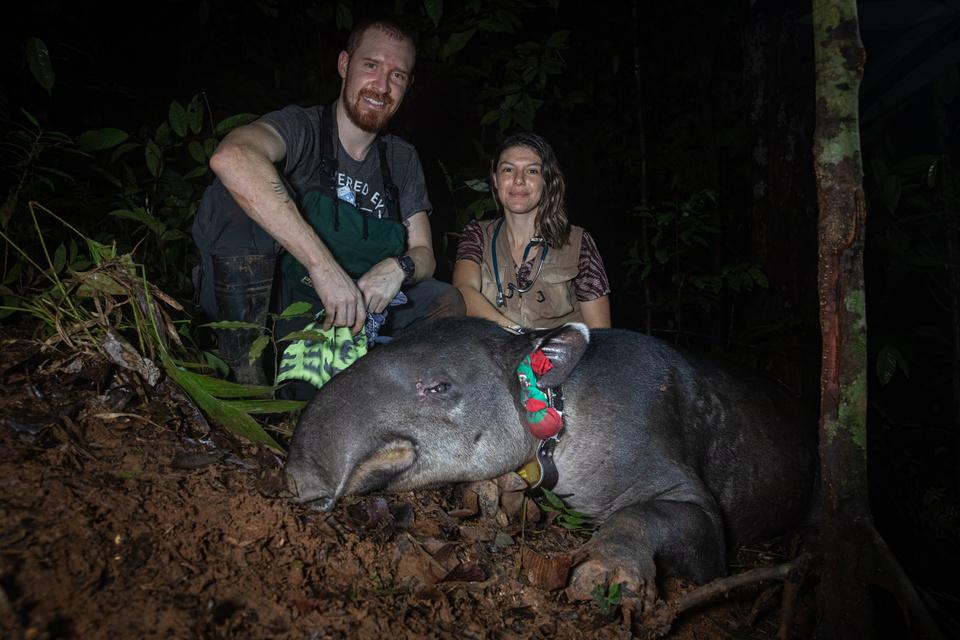
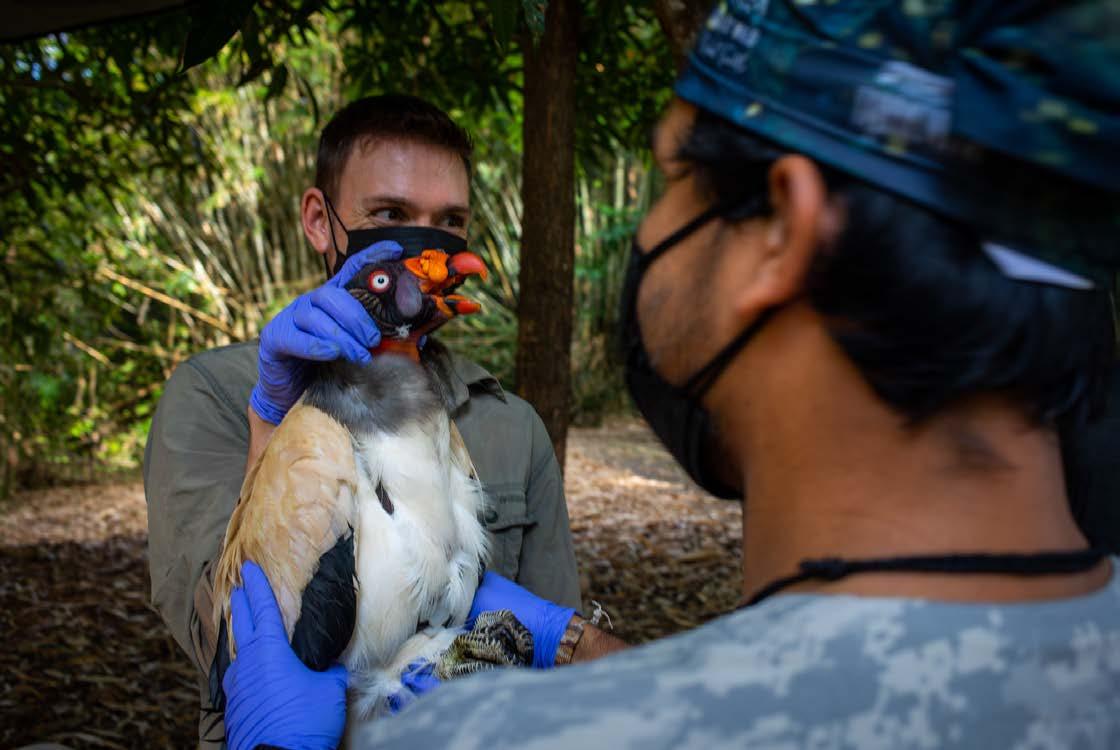


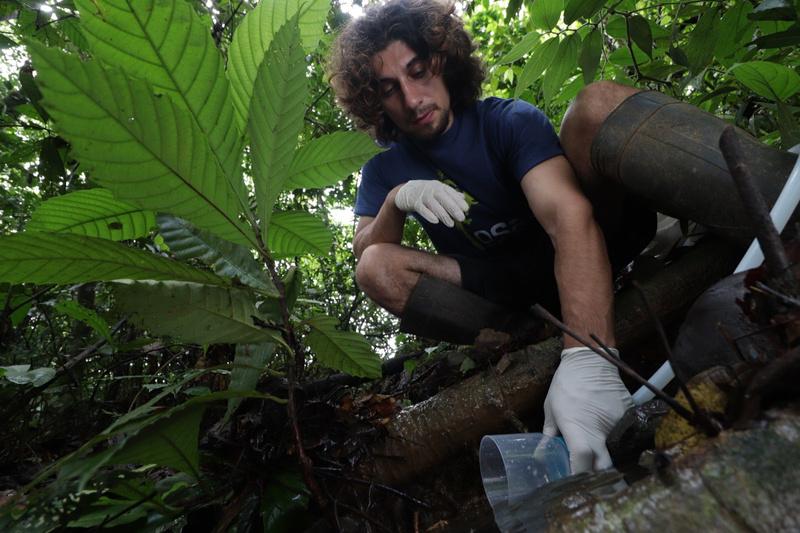


Osa Conservation's efforts are guided by scientific knowledge and evidence, and the scientific output of our work is key to maximize our impact. In 2022, researchers from the Osa Conservation team contributed to four scientific papers published in peerreviewedjournals:
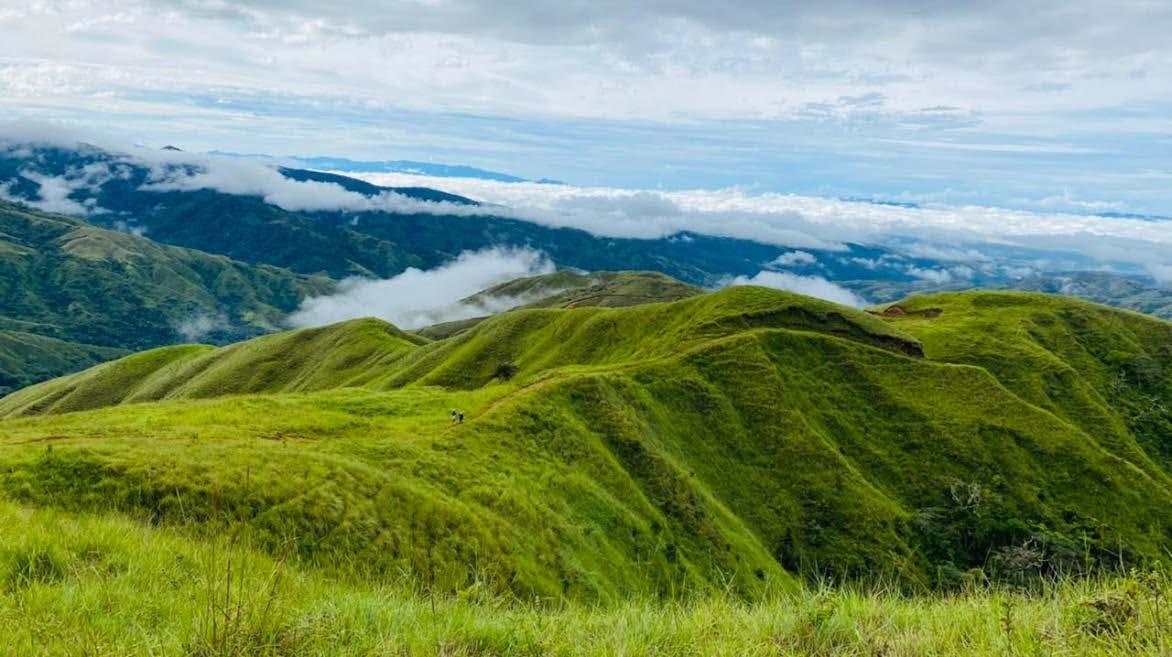
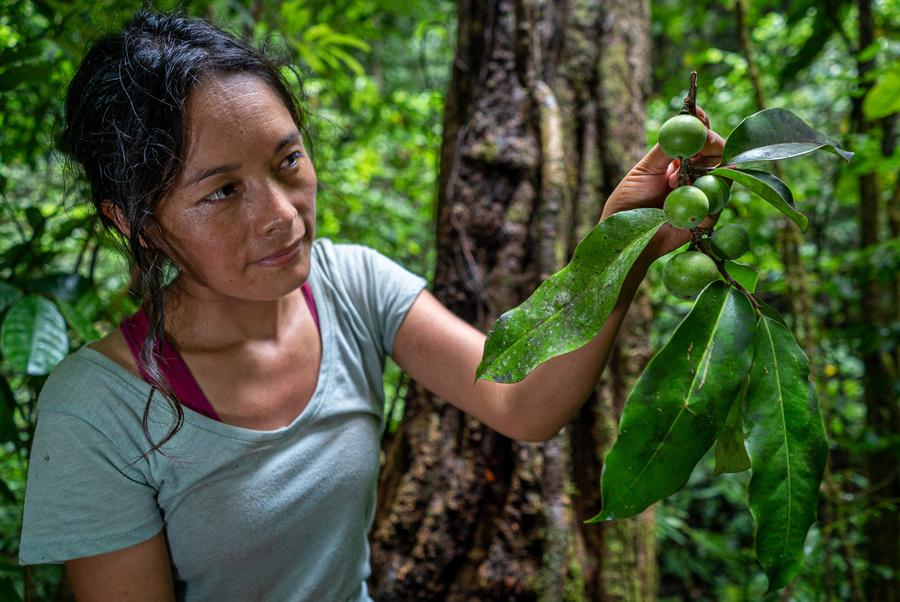
A Living Dinosaur:
The first propagation of one of Osa's rarest trees June 2022
This year our team was published in international scientific journal Tropical Conservation Science. Our work tells the story of the Pleodendron costaricense tree, a living dinosaur that was likely just a generation fromextinction-andisnowgrowingbythehundreds.
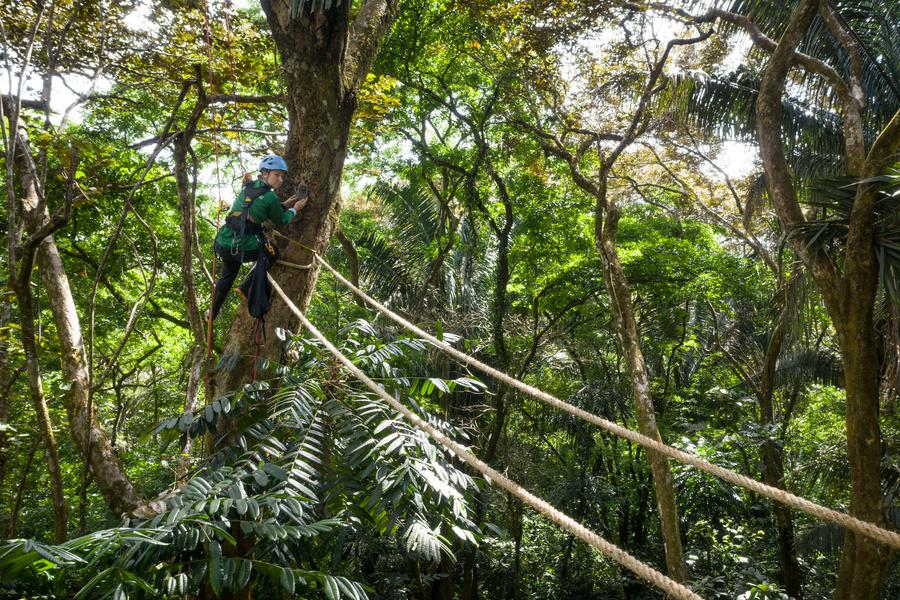
This research started years ago during our team's tough expeditions into Osa's rainforests on a mission to uncover more about the region's 10 most rare, native and threatened trees. Fast forward through years of trial and error, we now have over a hundred Pleodendron costaricense saplings growing in OC's Native Tree Nursery - thanks largely to our botanic expert Marvin, who was born and raised on the Osa andwhoselegacycontinuestoinspire.
We are happy to celebrate that this ancient species will remain among our forests and off the extinction list – just one more prime example of the power of conservation, science and the sheer pursuit of knowledge.Checkout thisvideo tolearnmore.
Ourteamhaspublishedatechnicalreportin Folia Primatologica, showcasing the preliminary results ofthe first12arborealwildlifebridgesweinstalled acrosstheOsaregion.
Thereportalsoprovincesvitalinformationonsite selection, bridge construction, installation time, and bridge costs in an effort to help guide conservationactionthroughoutthetropics.
Maintaining forests connectivity is crucial to keeping wildlife populations healthy, and arboreal bridges are one way we can do that. Information on implementing arboreal bridges is sparse, particularly for tropical rainforests in Latin America. Communicating this work will hopefully expand and evolve wildlife crossings to overcome thebarrierandthreatofroadsfortreetopwildlife.
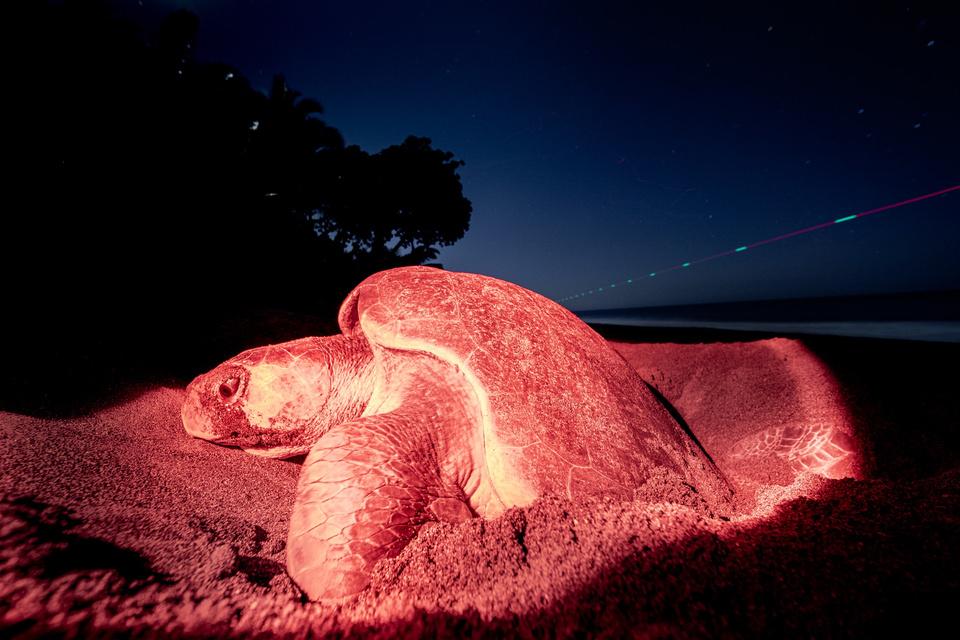
July 2022
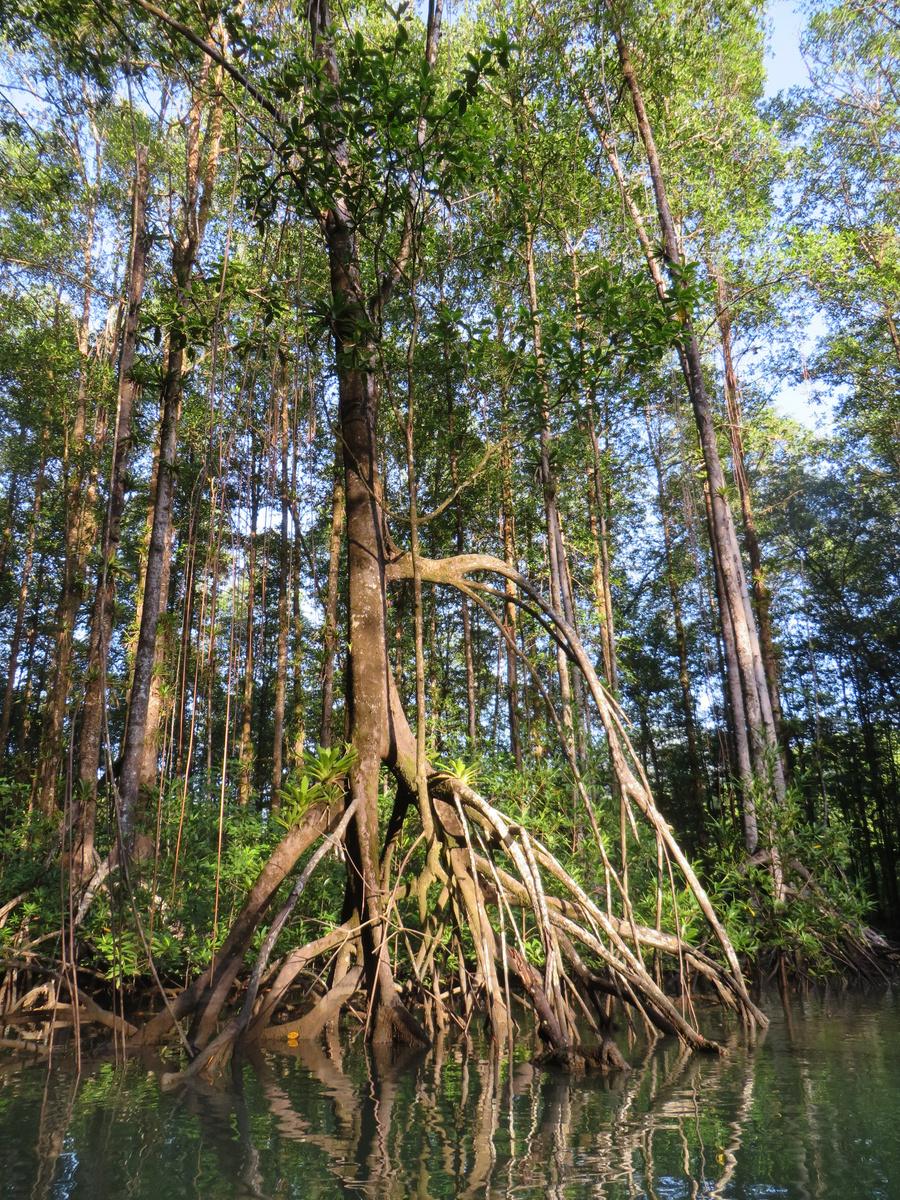
In collaboration with the National Geographic Pristine Seas team, Osa Conservation's Marine Advisor Dr. Noelia Hernandez co-authored a crucial piece of science that articulates the value of the Osa Peninsula's coastal ecosystems for people and wildlife, showcasing that a "logical conservation measure would be to expand the [Corcovado marine] reserve. The open access article highlights the importance of the Térraba Sierpe National Wetland for migratory marine fauna and keystone predators including scalloped hammerhead sharks. The mangroves also provide flood protection and help lessen the impacts of sedimentation and coastal erosion.
Investigate, discover and disseminate the most impactful conservation practices for coastal ecosystems Restore crucial habitat in the Térraba Sierpe NationalWetland&beyond Work with local communities and the national government to create a Marine Protected Area in Southern Costa Rica's Pacific Ocean that wouldsafeguardpeopleandwildlife.

